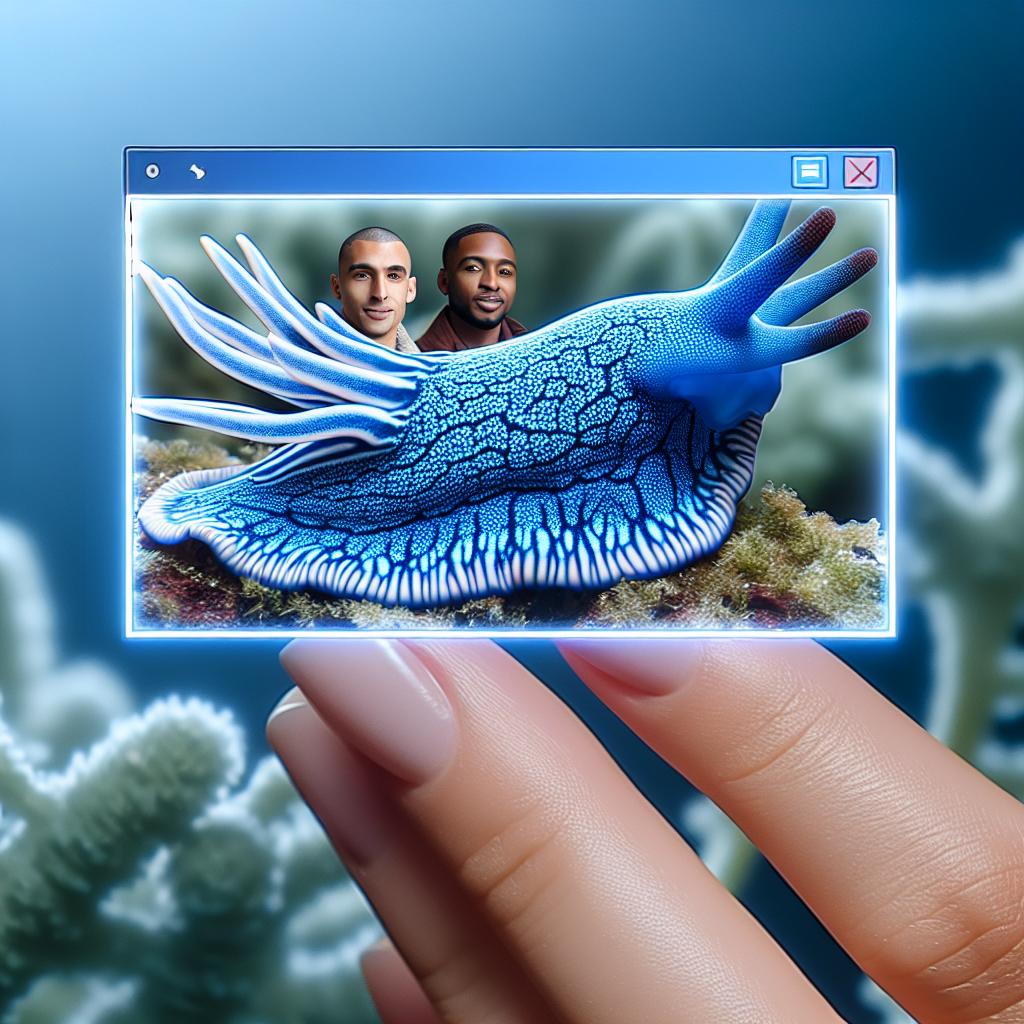Buxton, N.C. — Venomous Sea Slugs Spotted on Outer Banks!
Hey there, beach lovers! If you’ve been visiting the picturesque Outer Banks lately, you might have heard about the latest underwater surprise making waves on the shores. That’s right, folks; we’re talking about blue sea dragons! These fascinating little creatures are not your ordinary slugs — they are, in fact, venomous and part of the beautiful but risky ocean ecosystem.
What Are Blue Sea Dragons?
Known scientifically as Glaucus Atlanticus, these stunning sea slugs usually reside in the deeper waters of the ocean. They tend to get washed ashore during periods of strong winds, which has been happening recently along the Outer Banks. Now, if you happen to come across one of these dazzling critters, remember they aren’t your typical beach find! Growing to about just one inch in length, blue sea dragons are easily recognizable thanks to their vibrant blue coloration which helps them blend in with the ocean’s surface.
A Unique Diet and Defense Mechanism
One of the most intriguing things about blue sea dragons is their diet. They primarily feast on the highly venomous Portuguese man o’ war, a jellyfish that can deliver a painful sting. What’s even more impressive is that these slugs can actually store the jellyfish’s venom and use it for their own defense against predators. If you thought that was cool, here’s a stirrer: they remain venomous even after they’re dead! So, if you spot one on the beach, avoid touching it, even if it looks lifeless.
Admiring Safely
Cape Hatteras National Seashore has posted some friendly advice for beachgoers. They recommend keeping a safe distance while observing these beautiful yet hazardous creatures. It’s also worth noting that sea dragons can sometimes travel in groups, so if you see one, be cautious — there could be more hidden nearby!
Recent Sightings
These sea slugs were notably seen on September 15 at Nags Head, near Milepost 14. A local resident caught a video of these slugs in action, which fueled excitement amongst locals and visitors alike. It’s not every day you get to see such a unique creature up close! Several people have shared their own photos and videos of blue sea dragons on social media, which has added to the captivating stories around these fascinating slugs.
Get Involved!
If you happen to spot a blue sea dragon on your beach adventures, don’t be shy about sharing your encounters! You may submit your photos and videos to help others learn about these incredible slugs.
Conclusion
In the beautiful expanse of the Outer Banks, the appearance of blue sea dragons adds to the allure of our coastal experience. But while they may look enchanting, a healthy respect for their venomous nature is crucial. So, the next time you’re wandering along the shore, keep your eyes peeled for these little wonders. Stay safe, keep your distance, and enjoy the natural beauty our oceans have to offer!
Happy beaching everyone!





